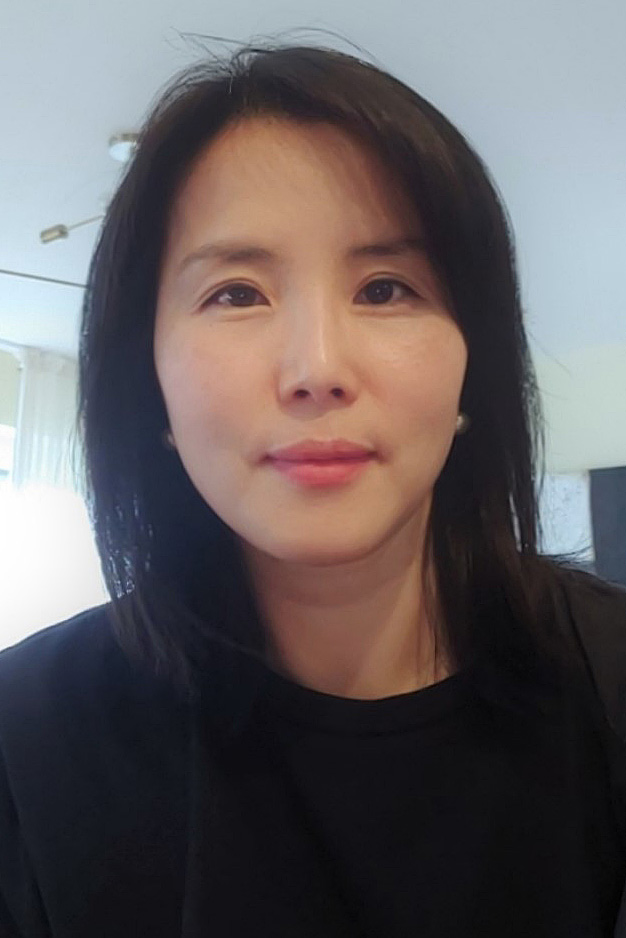Inhye Kang, Ph.D.
Forschung
In a painting entitled “Interior, Summer, 1934” by Yi In-sŏng, an anonymous tropical plant is seen against a middle-class domestic space of the colonial Korea. It is unclear exactly what kinds of foliage he described, and yet Yi’s painting and his use of alien leafage obviously illustrate the fantasy of exotic scenery. From the 1930s onwards, along with the Japanese Empire’s expansion into the Southeast Asia, there emerged in Korea a number of visual images that depicted the exotic plants of the region. Among various works, those of Yi are particularly well known for their depictions of exotic landscapes and colorful foreign flora. The notion of exotic and foreign nature, as a part of modernity, was probably introduced even from the early 20th century as the modern botanical garden was built in Korea. This project investigates the ways in which the idea of the tropical was translated in Korea by focusing on art work by Yi In-sŏng. Yi, one of the well-known Western style painters during Korea’s colonial period, is famous for his depictions of exotic landscape and colorful foreign flora. The alien nature in Yi’s work has long been discussed as his expression of Korea’s local color, since there was rise in subject matter of local color along with the directions by the Japanese jurors at Chosŏn Art Exhibition. My project will investigate the ways in which the practices of representing others were transferred to colonial Korea via Japan. Examples of Yi’s images demonstrate the rise in the exoticization of other cultures, and particularly the role played by images of specific plants. I will explore the exotic images in Yi’s paintings from the following aspects: first, I will examine how the images of tropical plants, along with travelogues about the South East Asia, constructed the image of others in Korea. Secondly, I will consider the depiction of exotic landscape plants as the rise of ethnographer’s eye in Korea. In so doing, I will investigate how practices of viewing others were introduced to Korea in the 1930s, when ideas of tropical and foreign flora became prevalent along with imperial Japan’s expansion into the South Seas region.



